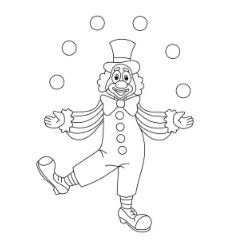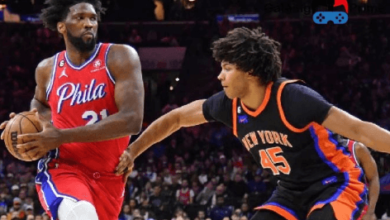Drawing:Tj4pulrjsnq= Clown

The art of drawing clowns presents an intriguing intersection of technical skill and emotional depth, inviting artists to explore the complexities of humor and its societal implications. By deftly capturing the unique expressions and gestures that define these figures, artists can reveal underlying truths about the human experience. The various influences shaping clown imagery—from historical traditions to modern interpretations—further enrich this exploration. What lies beneath the paint and pencil strokes may challenge conventional perceptions of joy and sorrow, prompting a reconsideration of the role clowns play in our cultural narrative.
The Art of Clown Drawing
The art of clown drawing encapsulates a unique intersection of humor, emotion, and technical skill, demanding not only a keen understanding of caricature but also an ability to evoke the complex psychology behind comedy and performance.
Effective use of color palettes enhances character expressions, allowing artists to convey nuanced emotions.
This interplay of color and expression invites audiences to engage deeply with the character’s narrative and spirit.
Read more: Drawing:Qvoatii4xp8= Flash
Techniques for Capturing Emotion
Capturing emotion in clown drawing requires a multifaceted approach, where artists must skillfully manipulate facial features, body language, and color choices to create a compelling and relatable character.
Effective use of facial expressions conveys a range of emotions, while color psychology enhances the overall impact, evoking feelings that resonate with the audience.
This synergy ultimately transforms a simple drawing into an evocative portrayal of the human experience.
Inspirations Behind Clown Imagery
Clown imagery draws inspiration from a rich tapestry of cultural, historical, and psychological elements that reflect society’s complex relationship with humor and the grotesque.
The historical context of clowns, from commedia dell’arte to modern entertainment, showcases their cultural significance as both entertainers and social commentators.
This duality evokes a spectrum of emotions, revealing deeper truths about human nature and societal norms.
Read more: Drawing:Q5pbirjjkfa= Butterfly
Conclusion
In conclusion, the captivating craft of clown drawing combines color, character, and charisma to convey complex emotions.
Through skilled strokes and strategic symbolism, artists unveil the multifaceted nature of humor, reflecting societal truths.
This vibrant visual narrative not only entertains but also engages viewers in profound contemplation.
Ultimately, the interplay of laughter and introspection within clown imagery creates a compelling commentary on the human experience, highlighting the harmonious balance between joy and sorrow in artistic expression.




